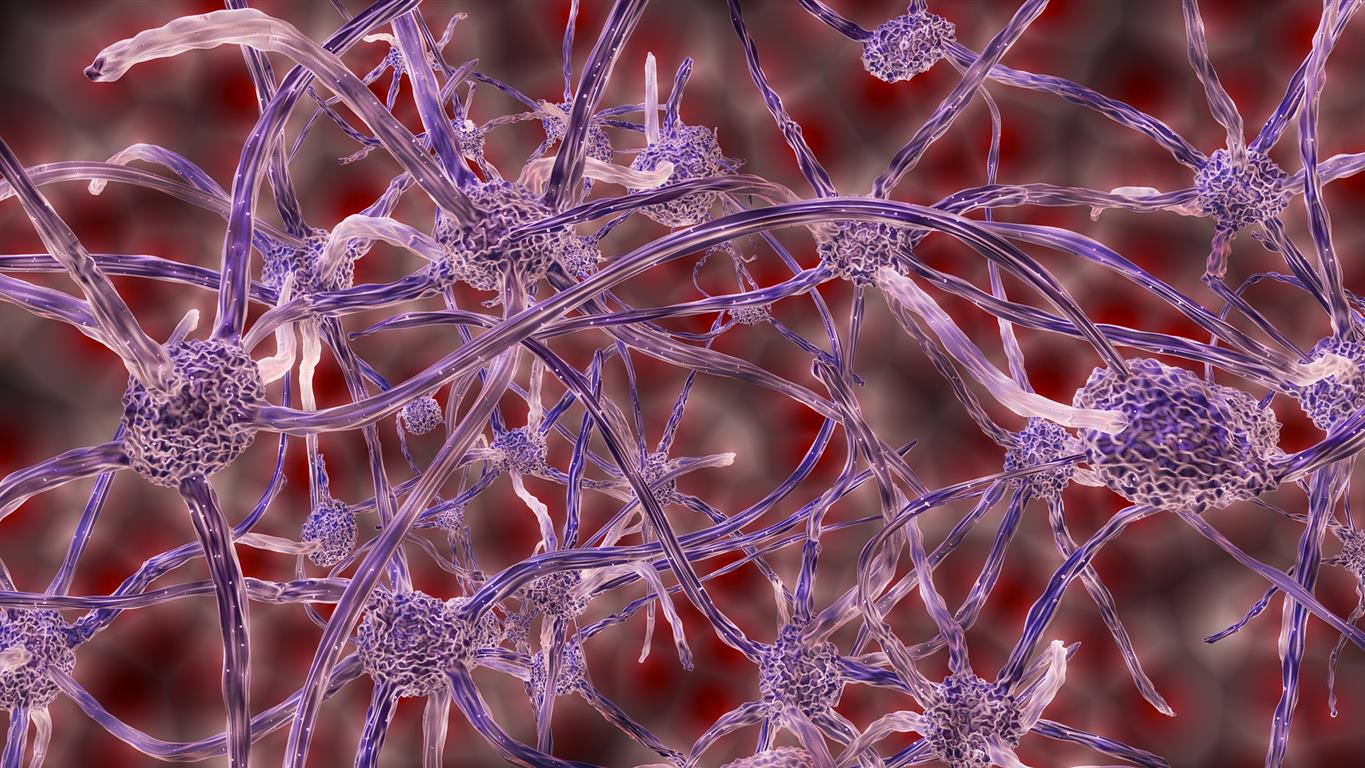I consider myself a well-educated person, someone who has a lot of knowledge about a lot of different things. But I must confess that it wasn’t until a few years ago that I really became familiar with one of the most necessary items in my life (and one that my husband often says I’ve lost!), and that’s my brain. Perhaps it has to do with getting older or with my growing interest in what happens in our brains when we “learn” something. Whatever the reason, I’ve been doing a lot of reading and studying on the brain, and I’ve discovered a few tidbits that I think every educator needs to know.
The Brain Basics
The first thing to know is that our brains are extremely complex. They are made up of 100 billion cells, 86 billion neurons (the cells that do all of the work in the brain), and one quadrillion (that’s 1,000 trillion) connections between neurons. (The more you know, the more connections are formed. So young children won’t have as many connections in their brains as older students will.

And the brain is capable of storing a lot of information, 2.5 gigabytes of data, in fact. Now, you may be thinking that 2.5 GB isn’t that much. But because the neurons combine so that each one helps with many memories at a time, they exponentially increase the brain’s memory storage capacity to something closer to around 2.5 petabytes (or a million gigabytes). How much is that? “For comparison, if your brain worked like a digital video recorder in a television, 2.5 petabytes would be enough to hold three million hours of TV shows. You would have to leave the TV running continuously for more than 300 years to use up all that storage” (source).
Amazing, right? The brain is unbelievably complex and has massive data storage capabilities. However, there is a catch. While the brain can hold VAST amounts of data, it processes that data VERY slowly. Its fastest speed is just 60 bits per second. To put that into context, the old dial-up modems had a processing speed of 56 BPS. And the more complex the information being processed, the slower the brain can take it in. (Interestingly enough, the brain can process images much faster than text or the spoken word.)
The Brain’s Processing Speed
The fact that the brain processes things much more slowly than we originally thought should make every educator pause. While a lot of our day-to-day activities are handled below the threshold of our awareness, for something to become encoded as part of our experience (i.e., learned), we need to pay conscious attention to it. (There’s also a need to transfer that information from temporary storage into permanent memory and to form connections with related data, but all of that can be discussed at another time.) What we have to remember is that we must provide time for the brain to take in the information and process it. This means that if you are presenting new information to students, they need time to take the content in and think about it before being asked to do anything with it.
Facts: The Brain and Learning (source)
- We take in information faster and better when it is visual, not text or auditory. (50% of the brain is used for visual processing.)
- We store (remember) big picture ideas better than details.
- Sleep deprivation significantly reduces the ability to learn new information. It can cut the brain’s ability to learn by up to 40%.
- We learn new information best when it is interwoven and connected to something we already know.
- We learn new content best when we teach it to others if we are told before learning the information that we will have to teach it.
Now that you know more about how our brains learn, what might you need to do differently with your students or adult learners?


8 comments
Thank you
Information in this short article was very enlightening. Thank you for your insight. 🙂
interesting information about the brain cells. thank you
The brain is so detailed
Lots of good information.
Help them more when they are sleep deprived like most high school students.
Thank you
The brain is amazing!